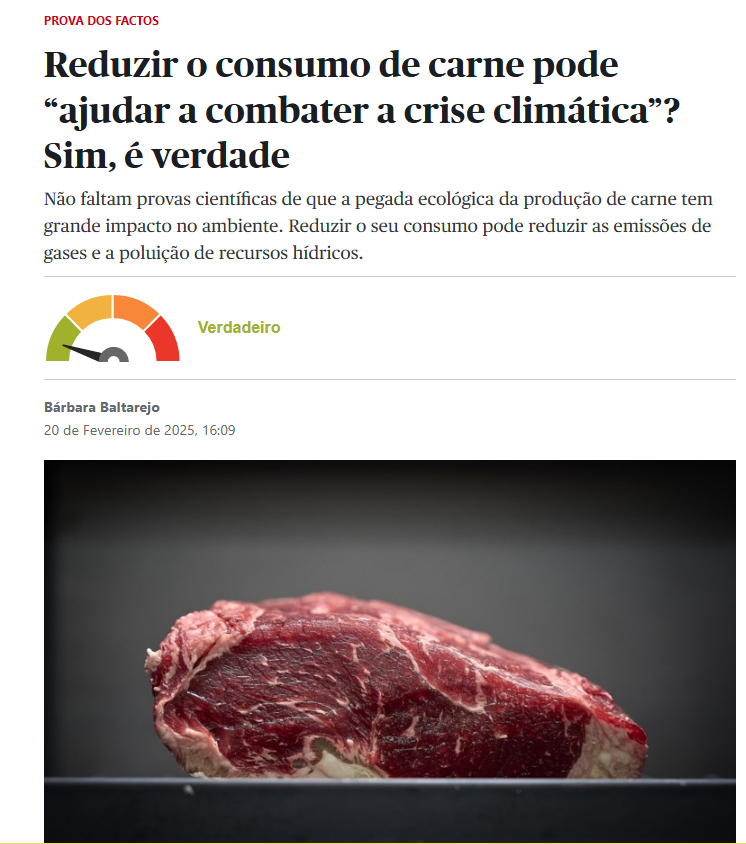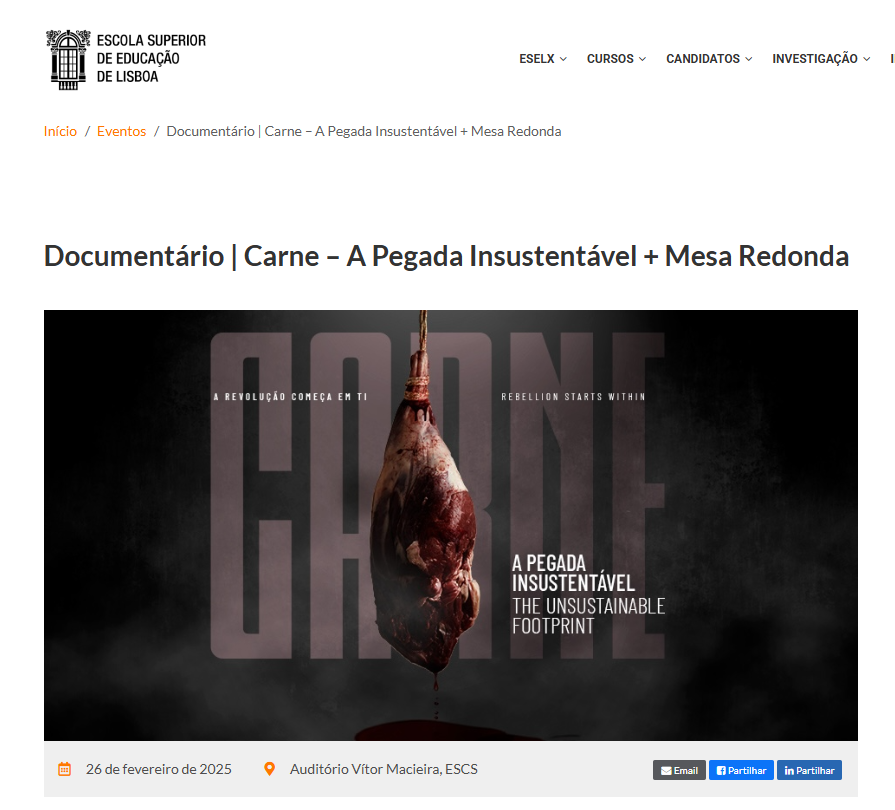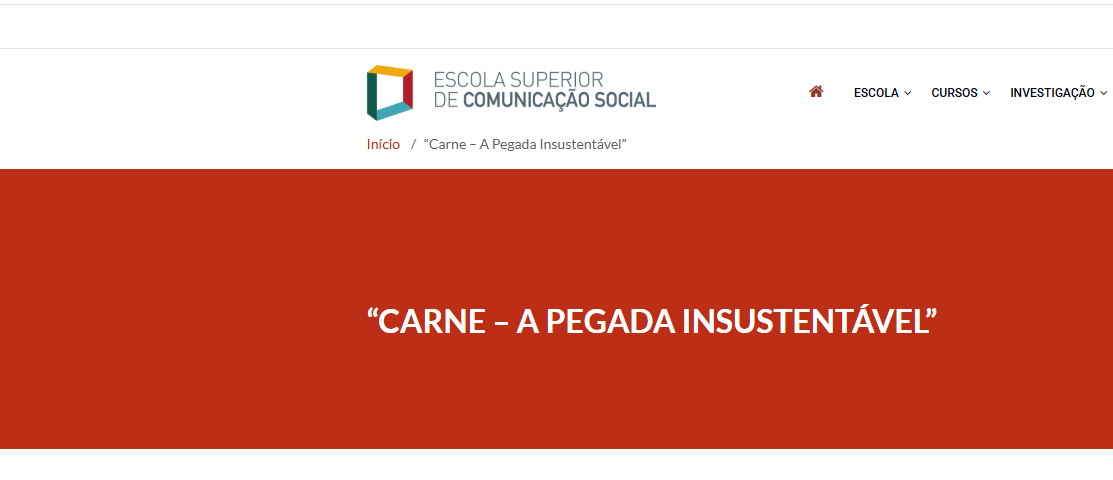
Plastic Soup Foundation: 'Children's Playgrounsd are a source of toxic microplastics'
INDUSTRIAL WASTE FULL OF TOXIC SUBSTANCES USED ON PLAYGROUNDS AS PART OF THE “CIRCULAR ECONOMY”
A new investigation by journalist Laura Hogenraad shows that the reuse of industrial waste is an environmental and potential health problem not only in sports fields and playgrounds but also in horse riding arenas.
Shredded carpet waste is increasingly used in equestrian riding centers. This waste is used along with polyflakes (a residual product from the textile industry) and geopad (shredded geotextile fabric). Crushed used car tires are applied to sports fields and playgrounds; this is what makes up the so-called rubber granulate.
Children are thus exposed in various ways to potentially endocrine-disrupting chemicals and microplastics; the aforementioned residual or waste products have been treatedwith chemicals that pose a danger to humans, animals, and the environment.
BROADCAST FROM THE PLASTIC HEALTH CHANNEL
This new research is presented in the first episode of the Plastic Health Channel, a political and scientific program on YouTube about the impact of plastics on human health. The program is produced by the Amsterdam-based Plastic Soup Foundation.
In the first broadcast, which will be posted on January 13th at 00:01, Laura Hoogenraad reports on her research in the Netherlands, followed by several leading experts and Members of the European Parliament who will respond to this dark side of recycling waste products.
These special guests make an urgent call for more research into the health effects of microplastics and the chemicals used.
OLD, SHREDDED FLOOR COVERINGS IN RIDING ARENAS
The synthetic fibers from carpet waste used in horse boxes release tiny microplastics that can be inhaled by humans. The inhalation of these synthetic fibers can cause respiratory problems.
Daily exposure to the chemicals in these microplastics also poses a potential health risk to children and adults. More than 59 hazardous substances have been found in European carpets, including phthalates, lead, fluorine compounds, and metals.
‘These chemicals can be harmful in several ways,’ says Professor Majorie van Duursen, head of Environment and Health at VU University, Amsterdam. ‘Some can be endocrine disruptors, and others can cause neurological problems. Some are carcinogenic or suspected to be carcinogenic. Some can affect your immune system. We know that young children, in particular, are very sensitive and very vulnerable to these effects.’
On average, a horse arena contains about 2,400 kg of synthetic fibers, all of which can release microplastics which can then be inhaled by the arena’s users. Investigative journalist Laura Hoogenraad remarks that ‘the biggest problem is that not enough research has been done in this area. We don’t know what the real effects or dangers are of using these fibers in equestrian sports – and yet they are already widely used.’
RUBBER GRANULES IN PLAYGROUNDS
Sports fields and playgrounds covered with rubber granules also pose a risk to children. There are an estimated 13,000 artificial turf fields both in the U.S. and the EU, and each of these fields is littered with about 20,000 shredded car tires.
Professor Andrew Watterson of the University of Stirling in Scotland points to a gap in legislation: ‘In Europe, there is a strict standard for these kinds of chemicals in toys and consumer goods, but the standard for rubber granules on sports fields and playing fields is much less stringent.’
CALL TO THE EUROPEAN COMMISSION
In the Plastic Health Channel broadcast, MEPs Eleonora Evi and Francisco Guerreiro call for more research to be done, and quickly.
Eleonora Evi, MEP for Northwest Italy, says ‘in 2017, it was declared that recycled rubber was safe. Three years later, we find new evidence that raises big questions about how we protect our children. In all the decisions we make, we should be guided by the precautionary principle.’
Evi makes an appeal to the European Commission: ‘Too often we focus on individual substances instead of all kinds of mixtures. We have learned this by now in terms of pesticide regulation. The same approach should be applied to all contemporary plastics and I would urge the European Commission and member states to look at this.’
Francisco Guerreiro, MEP for Portugal, says: ‘This is a new research result that raises the question of what data is used to analyze these chemicals.’
Guerreiro: ‘More and more, data is telling us that plastics and their chemicals entering the environment are a major hazard. We should do more independent research on this data, with the help of European funds.
Disponível aqui










Público: 'Prova dos factos'
Quinta-feira, 20 de Fevereiro de 2025
LER MAIS